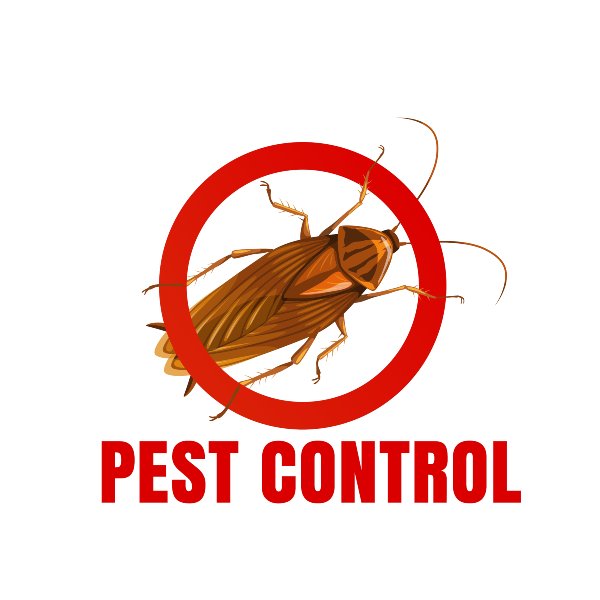A1 Charlotte Pest Control Companies - Your Neighborhood Pest Specialists
Wiki Article
Bed Bug Therapy Breakdown: Contrasting Chemical Vs. Non-Chemical Solutions
In the world of insect control, specifically when taking care of the persistent issue of bed bugs, the option in between chemical and non-chemical treatment remedies can be a crucial one. Both methods offer unique benefits and drawbacks, influencing variables such as effectiveness, safety factors to consider, and overall expense. By examining the nuanced information of each approach, a clearer understanding of which path to go after in dealing with a bed bug invasion can be attained.Effectiveness of Chemical Treatments
Chemical treatments for bed insect problems have actually been extensively recognized for their rapid and potent effectiveness in eliminating these parasites. When thinking about the efficiency of chemical treatments, it is vital to recognize that they can give a quick and extensive service to a bed insect problem. Specialist pest control specialists commonly rely upon insecticides to target bed pests at various phases of their life process, including eggs, nymphs, and adults. These chemicals commonly work by disrupting the bed bugs' nerves, leading to paralysis and eventual death.Moreover, chemical therapies have the benefit of offering recurring effects, suggesting that they can continue to remove bed insects also after the initial application. This residual activity is particularly valuable in combating any prospective re-infestations. Additionally, the fast action of chemical treatments can bring alleviation to individuals dealing with severe bed pest invasions, permitting them to restore control of their living rooms rapidly.
Safety And Security Worry About Chemical Solutions
One critical element that requires mindful factor to consider when utilizing chemical services for bed bug therapy is making sure the safety of occupants and the setting. Exposure to certain chemicals used in bed insect therapies can lead to breathing issues, skin irritability, or other unfavorable reactions, specifically in individuals with pre-existing problems or sensitivities.Additionally, the environmental impact of chemical remedies is one more significant consideration. Some chemicals utilized in bed pest treatments might be dangerous to helpful insects, wildlife, and ecosystems if they leach into the dirt or water supply. It is necessary to use chemical treatments carefully, adhering to safety and security guidelines, and taking into consideration less poisonous alternatives to reduce these threats and ensure the reliable and safe administration of bed insect infestations.
Benefits of Non-Chemical Techniques
Considering the possible safety issues and ecological effect connected with chemical services for bed insect therapy, discovering non-chemical approaches provides an encouraging choice with several distinctive advantages. Non-chemical methods use a much safer alternative for households, specifically those with family pets, youngsters, or individuals conscious rough chemicals. These methods remove the threats of direct exposure to toxic materials, minimizing the capacity for negative health and wellness results. Additionally, non-chemical therapies are eco-friendly, as they do not contribute to air or water contamination, making them a lasting option for insect control.In addition, non-chemical services can be effective in targeting bed pests, including hard-to-reach areas where chemical treatments might not pass through. Techniques such as heat therapy, vacuuming, heavy steam cleansing, and mattress coverings offer extensive elimination without making use of harmful chemicals. In addition, non-chemical approaches can be much less disruptive, requiring marginal preparation and permitting for quicker reentry into useful site dealt with areas. On the whole, choosing non-chemical bed bug treatment techniques not just focuses on security and environmental management but additionally makes certain extensive and reliable pest control.
Limitations of Non-Chemical Treatments

Additionally, non-chemical therapies frequently call for numerous applications to achieve effective eradication. This can be lengthy and may not always assure complete removal of all bed bugs and their eggs, specifically in hard-to-reach or covert locations.
Moreover, the success of non-chemical therapies heavily depends on correct application and thoroughness, which can be testing for individuals without specialist expertise. Poor application of non-chemical approaches may result in incomplete elimination, resulting in relentless infestations and the requirement for extra treatments.
Therefore, while non-chemical treatments have their advantages, it is important to recognize these limitations and consider them when identifying the most effective method for handling bed pest problems.
Cost Comparison: Chemical Vs. Non-Chemical Options
Offered the limitations linked click now with non-chemical treatments, a vital aspect to evaluate in the context of bed pest management is the price comparison between chemical and non-chemical alternatives. In comparison, non-chemical therapies like heat treatment or vapor can be extra pricey, with costs varying from $1,000 to $6,000 for a whole home. While the initial cost of chemical therapies might seem lower, multiple treatments might be needed to totally eliminate the infestation, possibly raising the general price.Verdict

Thinking about the possible safety worries and environmental effect associated with chemical options for bed pest therapy, exploring non-chemical strategies presents an appealing choice with a number of distinctive benefits.Given the constraints connected with non-chemical therapies, an important aspect to review in the context of bed bug administration is the expense comparison in between chemical and non-chemical alternatives. In comparison, non-chemical treatments like heat therapy or steam can be much more costly, with expenses varying from $1,000 to $6,000 for a whole home. While the first price of chemical therapies might appear lower, multiple therapies might be needed to completely get rid of the invasion, possibly raising the total cost.In verdict, additional hints when comparing chemical and non-chemical bed bug treatment options, it is necessary to consider effectiveness, safety, advantages, constraints, and price.
Report this wiki page